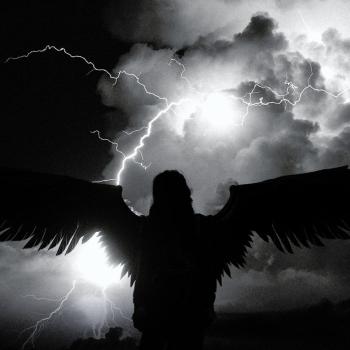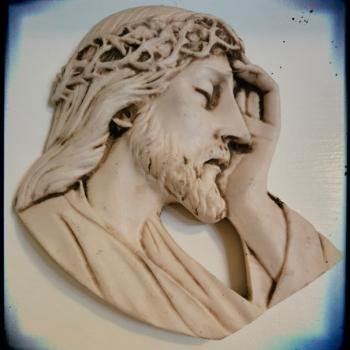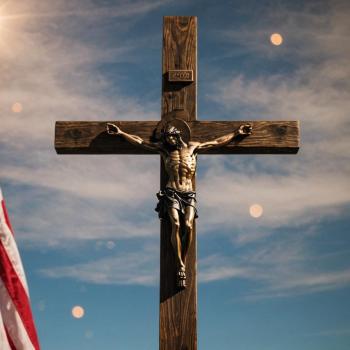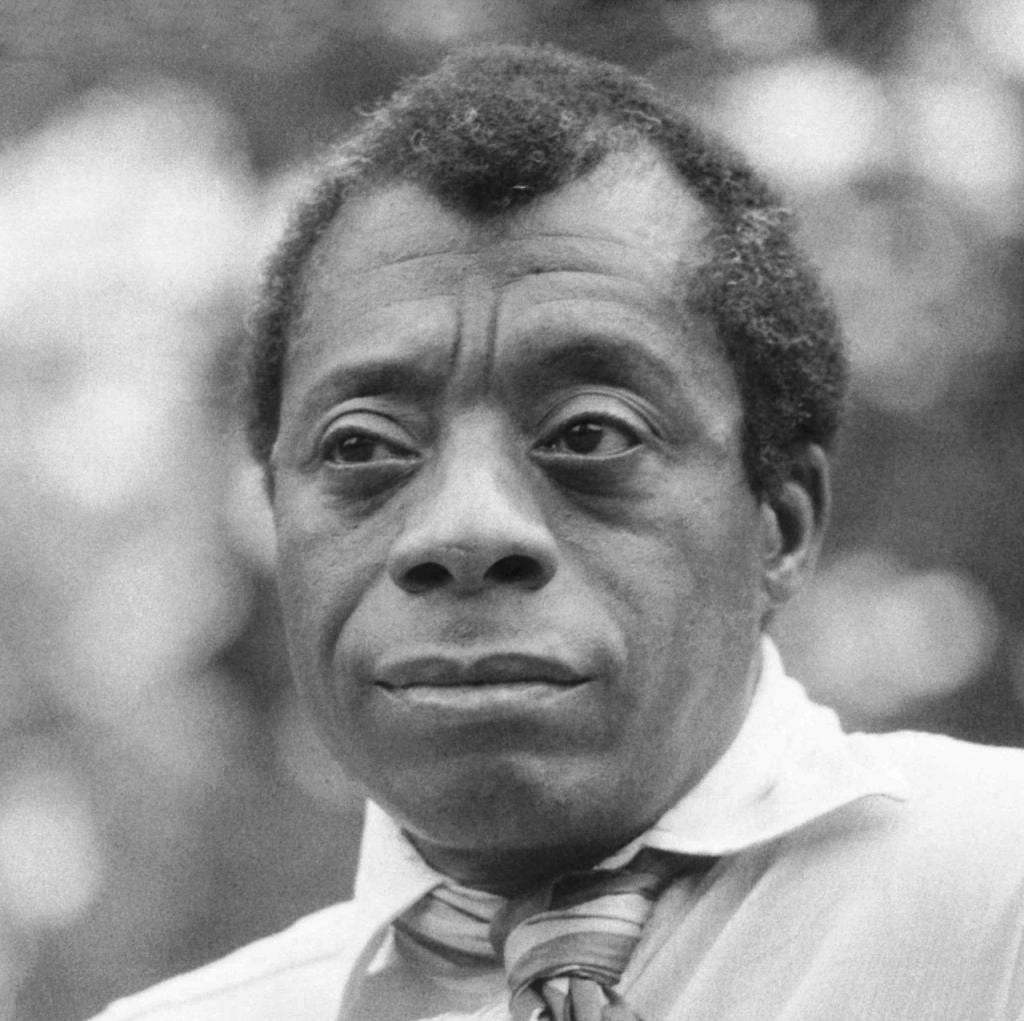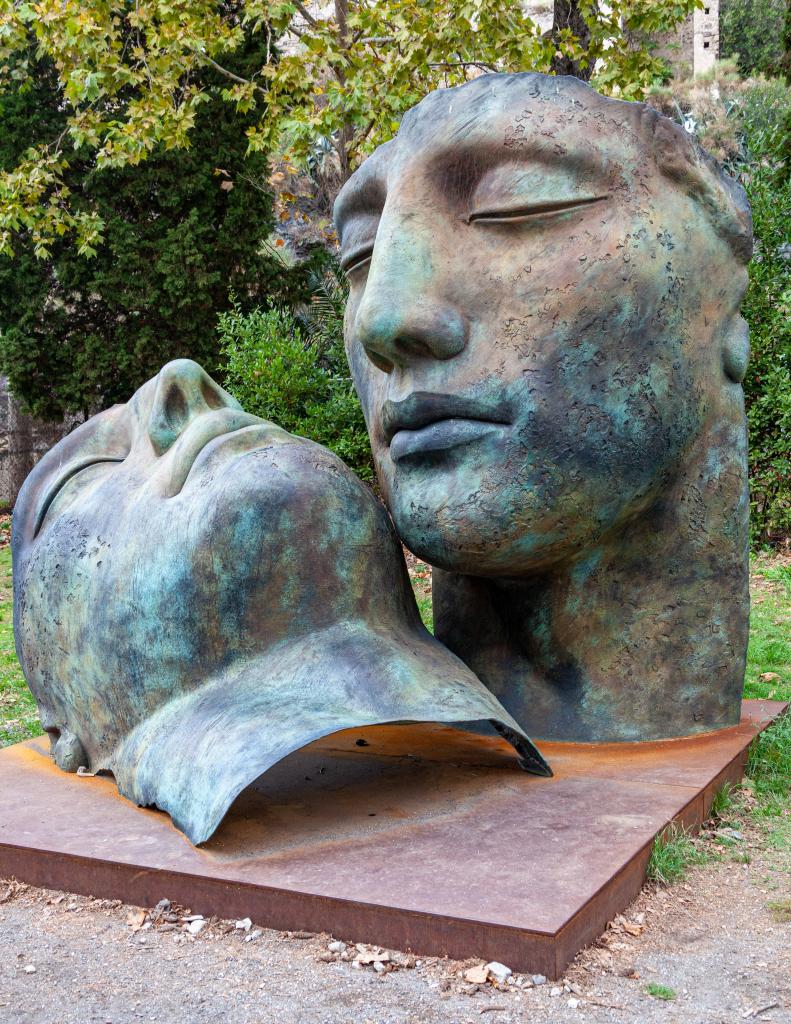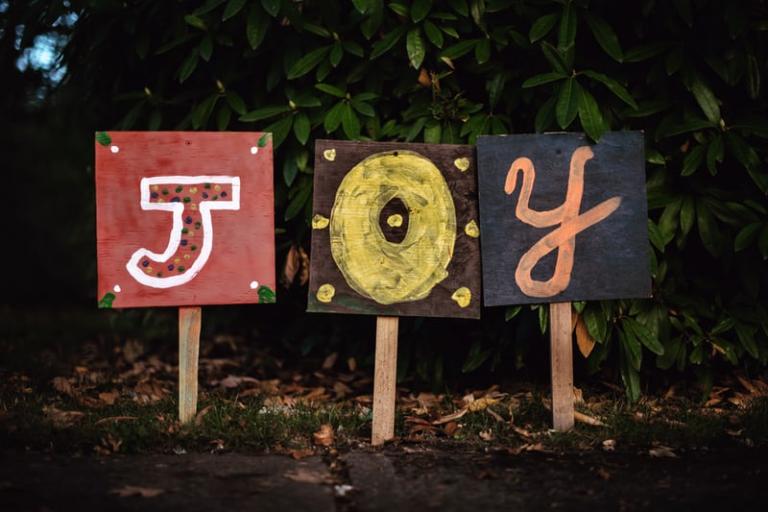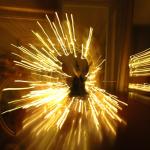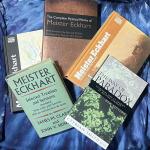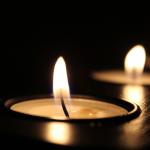In the beginning, when God created the heavens and the earth, God said, “Let there be light” (Genesis 1:2). And there was.
We learn in the epic poem of Genesis 1 about the power of speech, especially for those who have a voice. Speech, we are shown, contains creative, universe-building power. God says—and there it is. God in Genesis is a complex character: on the one hand, God is a king who speaks a command and whose wishes are fulfilled. Let there be, he says—and the world-creating king usually is a he—and cosmic building blocks jump to obey.
On the other hand, and in between verses, God also is a feminine presence, a spirit-wind hovering (in Hebrew, vibrating) presence over deep waters. A singer who—before speaking—first sings masses of matter together. An artist who makes and stands back from her makings and says, “Pretty good. Actually, very good. I think I’ll take a day of rest.”
“Let there be light,” God says, and there is. But the light of Genesis 1 is far removed from a modern understanding of light. God separates out the light from the darkness, we read, revealing to our contemporary eyes that tired and old light-dark dualism nearly present at the very beginning.
Light is good, we’re told. Darkness, not so good, or at least mysterious, chaotic, and slightly scary.
Light in Genesis is not what we know as light; it is not a sun. Lights in forms of stars and planets, sun and moon, are not strewn across the sky until Chapter 1, verse 14. This first “Let there be light” is, then, the creation of a spacious domain called light that is still waiting to be populated with lights themselves. Light at this point in the text is an artist’s blank canvas named light, still waiting to be painted upon with color.
Peer a bit further into the verses, and light and darkness become more mixed. Darkness becomes more mysterious and powerful. Less fearsome. When God created the heavens and earth, the earth first was a formless void and darkness covered the face of the deep.
Something is there in darkness, in other words, before God first says the word to let there be light.
But formless void, whatever it is, does not sound very inviting. It sounds existentially terrifying; I’m not sure I’d like to visit formless void. Interpreters of the Bible have been quick to judge this formless void, calling it derisively nothingness or chaos. It all feels more understandable when God is speaking and when order is being constructed.
The most sensitive of scholars approach the Hebrew without so much light and darkness baggage and find, instead, playfulness. The Hebrew helps us capture a lighter sensibility of dark: formless void is otherwise known as tohu vabohu. The strange phrase is sometimes translated as topsy-turvy nothingness, or by one scholar named William Brown, a hodgepodge. (Quoted in this amazing book).
Come to think of it, unformed hodgepodge sounds just about right, in spite of the Genesis writer’s long outdated cosmology. The soupy mass a trillionth of a second after the big bang does seem to be a hodgepodge, what Neil Degrasse Tyson describes as “a seething soup of quarks, leptons, and their antimatter siblings, along with bosons.”
Something is there in darkness before God speaks. Whether particles or the goddess image of spirit hovering over waters, God does not speak only from a kingly perch. God speaks from within, and through, the dark mystery, and the mystery arranges itself: light and dark, together.
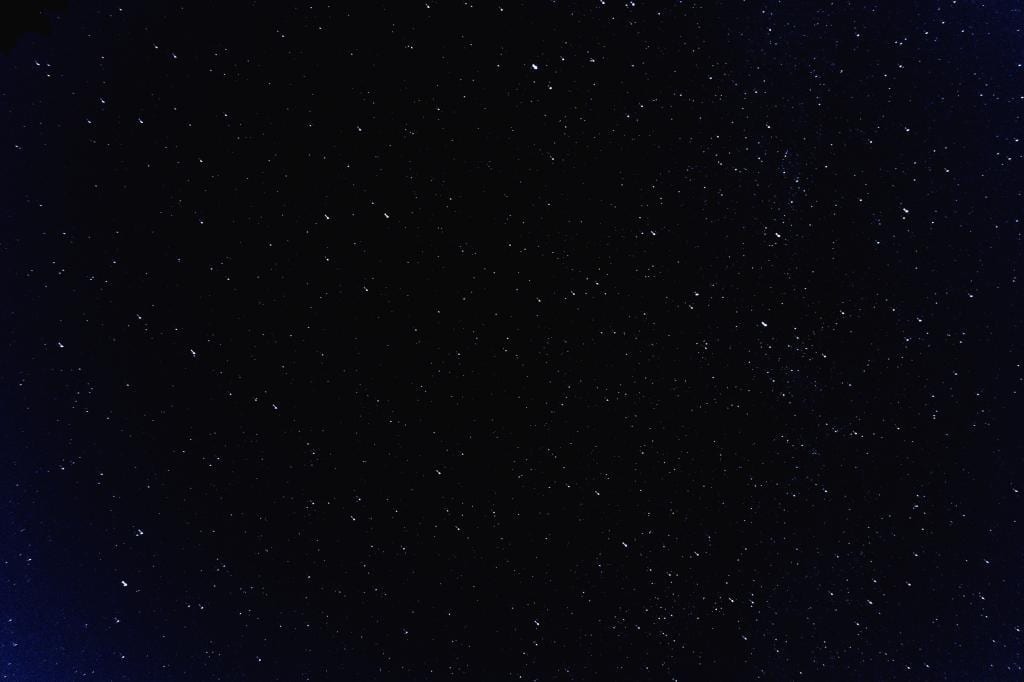
Light is complicated. I don’t pretend to understand it at all. There is Cosmic Microwave Background light, which is the fuzzy glow, scientists say, leftover from the Big Bang. There is the sun, of course, the source of our planet’s energy. There is the incredible field of optics, which has allowed photography to be created. I have optical physics to thank for the ability to see you clearly, unblurred, through my glasses. There are the optical fibers that help light up our computer screens, that connect us to the internet. Light is complicated and powerful.
In spirituality, though, we tend to prefer light as simple. We elevate the light over the darkness, and praise the light and expel the darkness. Light conquers the darkness, the darkness will not overcome the light, John’s Gospel says.
But light supremacy, to use a term by theologian Catherine Keller, can easily turn into white supremacy. Instead of a loving God creating a very good world, in a system of white supremacy, darkness is no longer beautiful, and the white master-god speaks his command to “Let there be” something and expects absolute obedience.
The more Genesis works its wisdom on me, though, the more light and darkness seem bound up together. God says, “Let there be light” from a pregnant, dark space. Bohu of tohu vabohu (formless void), says one scholar (Umberto Cassuto, quoted by Keller) could even be related to a Cannaanite goddess of the “primal night.” God separates light from darkness, but they both need each other, and they both bear the breath of God.
Even in the realm of cosmology, light is not supreme. Dark matter makes up 85% of gravitational force in the universe—and nobody yet knows what it is. How’s that for a tohu vobuhu? Light itself exists on an electromagnetic spectrum—there is light we can see, and light we cannot see. There is visible light from the sun, or our electricity, and then there is light that is dark to us—whether ultraviolet rays that will nevertheless burn, or gamma rays.
“Let there be light,” then, becomes more than divine fiat. It becomes an emergent process of light being born out of darkness, and the two co-existing as separate, but also intimately together. As the Psalmist says, far ahead of his time, “darkness is as light to you, O God.”
The Bible is full of light and dark dualism. Jesus, in John’s gospel, is the light of the world, the one who enlightens those who are in darkness. But in today’s world of racism and science denial, we can’t afford to separate light and darkness. It seems that the mystics have always known this: the spiritual journey is to enter a “cloud of unknowing,” (anonymous author of the 14th century text) or to find God in Gregory of Nyssa’s “dazzling darkness,” Howard Thurman’s “luminous darkness,” or a luminous revolution of the Inner Light described by black feminist Layli Maparyan.
This, too, I think, is the truth of our lives. The light and the darkness are bound up with one another. Spiritual transformation does not happen only on the light level. We have to do the inner work of facing the shadow, or repressed realities, of who we are, both the beautiful and the bad. Some of our most painful experiences in life—whether death, divorce, or disease—often turn out to create a capacity in us for greater love. What we think is light shows up in what we think is darkness—and vice versa.
John of the Cross, the great Spanish mystic, saw this reality more powerfully than most. His own order of Carmelite monks imprisoned him for over a year. He likely would have died and he risked his life to escape. During his imprisonment, he composed poetry, and against all odds (not unlike Nelson Mandela) the experience of imprisonment enlarged his heart.
He wrote:
There in the lucky dark
none to observe me,
darkness far and wide;
no sign for me to mark,
no other light my guide except for my heart—the fire, the fire inside!”
Photo by Paul Volkmer on Unsplash


